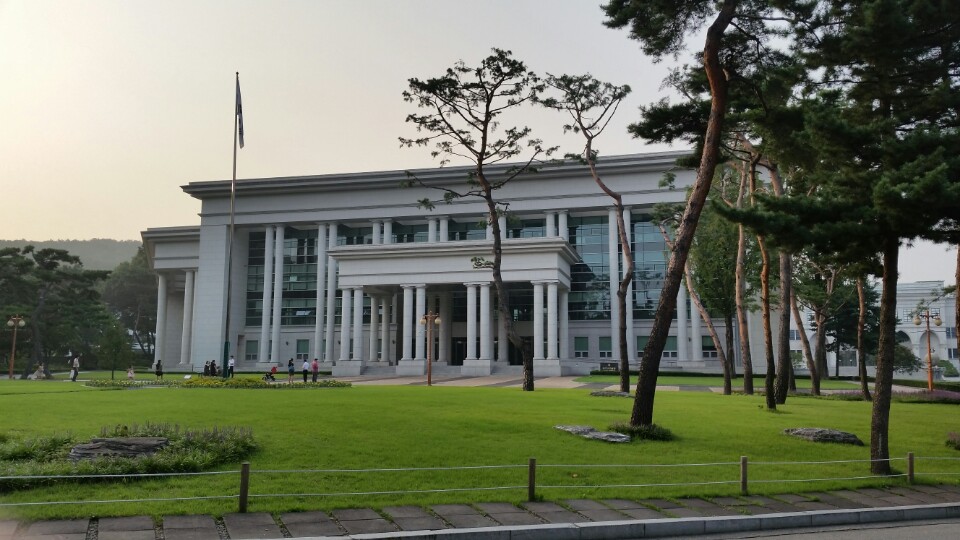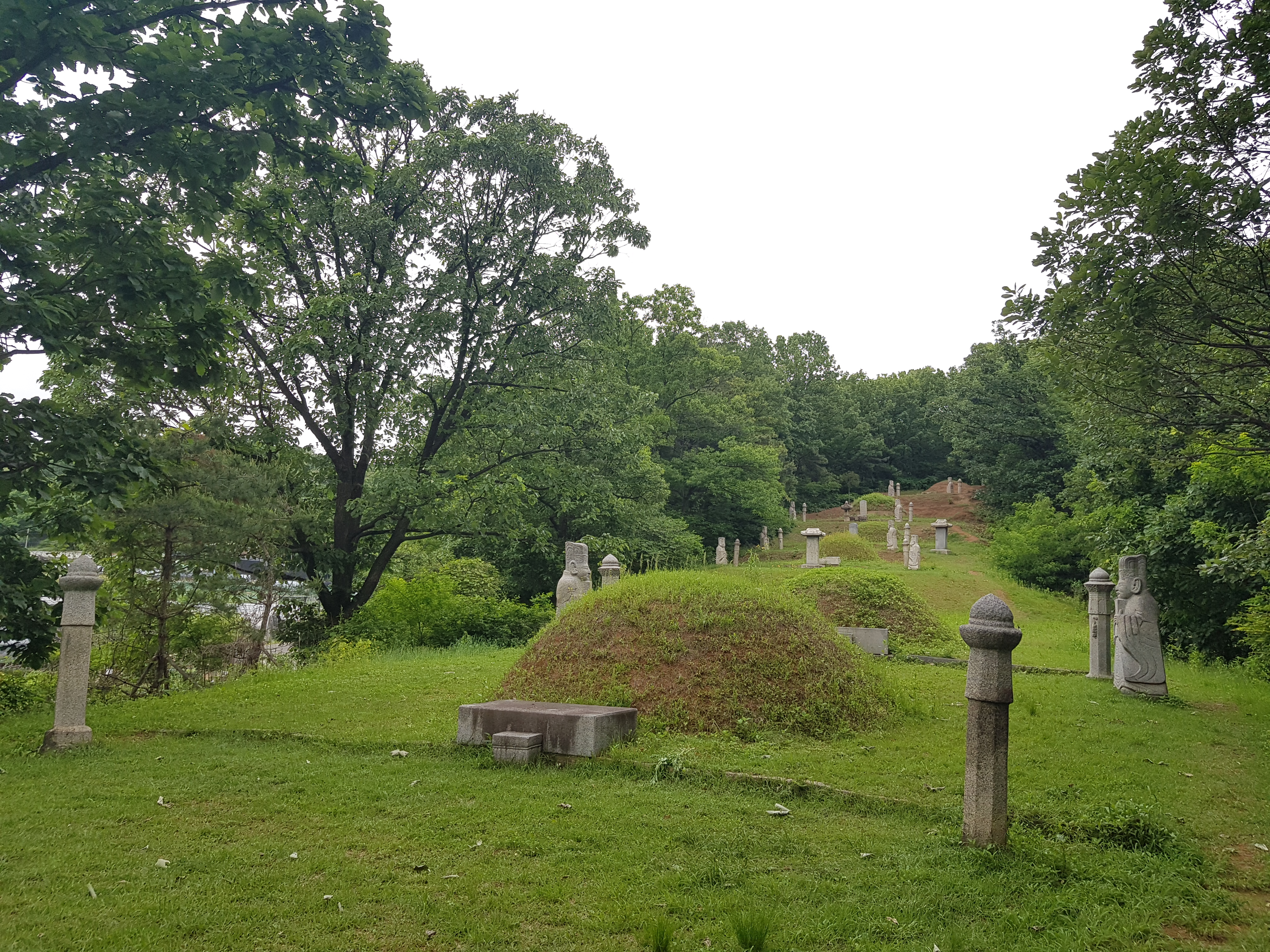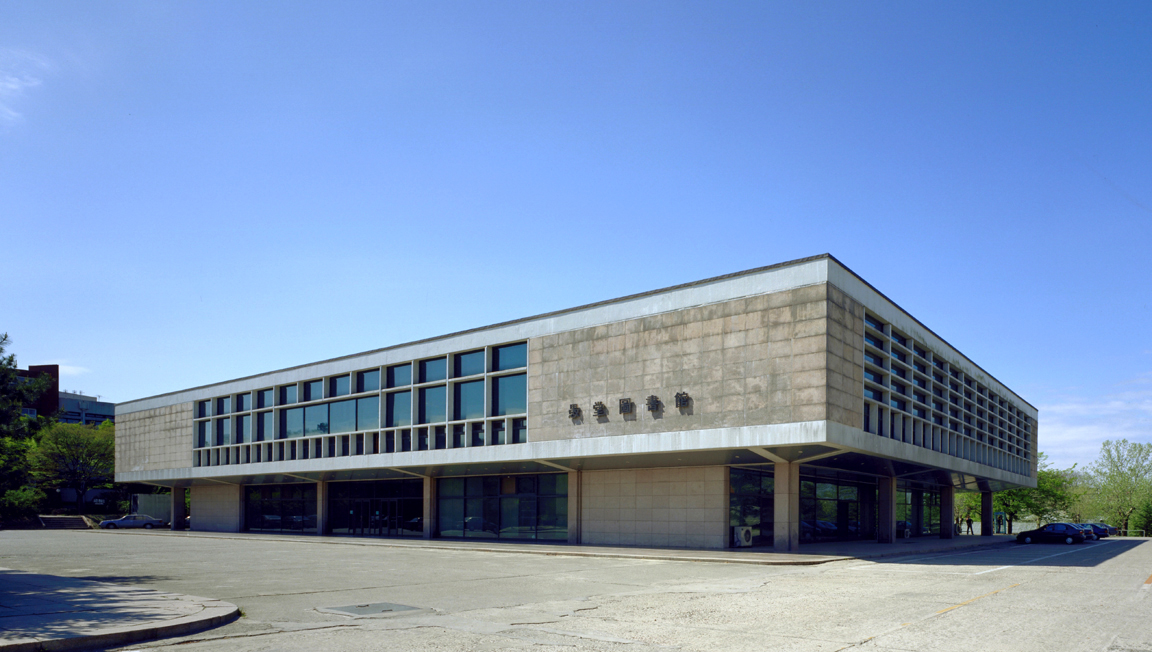|
Gongneung-dong
Gongneung-dong is a '' dong'', neighbourhood of Nowon-gu in Seoul, South Korea. Notable places *Seoul Women's University *Sahmyook University *Seoul National University of Technology *Korea Military Academy (육군사관학교) * Taereung National Village (태릉선수촌 泰陵選手村) * Taerueng (태릉 泰陵) *Gangneung (강릉 康陵) *Samgunbu Cheongheondang (삼군부청헌당 三軍府淸憲堂) See also *Administrative divisions of South Korea South Korea is made up of 17 first-tier administrative divisions: 6 metropolitan cities (''gwangyeoksi'' ), 1 special city (''teukbyeolsi'' ), 1 special self-governing city (''teukbyeol-jachisi'' ), and 9 provinces ('' do'' ), including one ... References * * * External links Nowon-gu Official site in EnglishNowon-gu Official siteGongneung 1, 3-dong Resident office Neighbourhoods of Nowon District {{Seoul-geo-stub ... [...More Info...] [...Related Items...] OR: [Wikipedia] [Google] [Baidu] |
Nowon-gu
Gyonggi do District (Nowon-gu) is a residential district of Seoul, South Korea, located in the most northeastern part of the metropolitan city. It has the highest population density in Seoul, with 619,509 people living in the area of 35.44 km². Characteristics Nowon District was formed in 1988 by splitting from Dobong District. The sixteen administrative neighbourhoods comprising Dobong-dong, Chang-dong, Wolgye-dong, Gongneung-dong, Hagye-dong, Junggye-dong, and Sanggye-dong became a part of the new Nowon District. The following year, Dobong-dong and Chang-dong were returned to Dobong District. Nowon District (and Seoul) is bordered by the mountains Suraksan and Bukhansan, on the northeast. The Jungnangcheon (or Jungnang Stream) flows through the western part of Nowon. The Gyeongchun and Gyeongwon Lines of Korean National Railroad and the Seoul Metropolitan Subway lines four, six, and seven pass through Nowon District. Nowon District is home to numerous educational ins ... [...More Info...] [...Related Items...] OR: [Wikipedia] [Google] [Baidu] |
Taereung National Village
Korea National Training Center, also known as the Taereung Training Center, located in Gongneung-dong, Nowon-gu, in the northeast part of Seoul, is the first national athletic training center established in South Korea. Since its establishment on 30 June 1966 by the Korea Sports Council (대한체육회 大韓體育會), Taereung Training Center has been the home of elite Korean sports activities. It consists of 24 buildings, including training facilities, gymnasiums and dormitories in an area of . The training facilities have accommodated 20 different sport events such as athletics, gymnastics, archery, taekwondo, wrestling, swimming, and others. In 2011, a newer facility, |
Seoul National University Of Technology
Seoul National University of Science and Technology (abbreviated SeoulTech) is a national university located in Nowon-gu, Seoul, South Korea. Seoul National University of Science and Technology originated from Public Eoeudong Vocational Continuing School. Later the school was re-organized as Gyeongseong Public Industrial School, Gyeonggi Technical College, and Seoul National University of Technology before it was finally reborn as Seoul National University of Science and Technology in September 2010 to celebrate the 100th anniversary of its foundation. The institution is also known as 'Seoultech'. Today Seoultech is a large and general university housing six colleges, 23 departments, seven graduate schools and a student enrolment of 11,500 people in a spacious campus of 508,690 square meters (124 acres). This is the fifth-largest campus in the universities of Seoul. The campus, formerly occupied by the colleges of engineering of Seoul National University, is in Nowon-gu in the n ... [...More Info...] [...Related Items...] OR: [Wikipedia] [Google] [Baidu] |
Hangul
The Korean alphabet, known as Hangul, . Hangul may also be written as following South Korea's standard Romanization. ( ) in South Korea and Chosŏn'gŭl in North Korea, is the modern official writing system for the Korean language. The letters for the five basic consonants reflect the shape of the speech organs used to pronounce them, and they are systematically modified to indicate phonetic features; similarly, the vowel letters are systematically modified for related sounds, making Hangul a featural writing system. It has been described as a syllabic alphabet as it combines the features of alphabetic and syllabic writing systems, although it is not necessarily an abugida. Hangul was created in 1443 CE by King Sejong the Great in an attempt to increase literacy by serving as a complement (or alternative) to the logographic Sino-Korean ''Hanja'', which had been used by Koreans as its primary script to write the Korean language since as early as the Gojoseon period (spanni ... [...More Info...] [...Related Items...] OR: [Wikipedia] [Google] [Baidu] |
Sahmyook University
Sahmyook University (Korean: 삼육대학교, Chinese character: 三育大學校) is a private, Christian, coeducational university located in Metropolitan Seoul, South Korea. Sahmyook University is part of a worldwide network of Seventh-day Adventist institutions of higher education providing an environment for learning that emphasizes individual commitment to Christ, personal integrity, intellectual development, and community service. The school was founded in 1906 as Euimyung College in Sunahn, Pyeongan-namdo in what would become today's North Korea. It was the first higher education facility started in Korea,Sahmyook University Introduction . Sahmyook University. Retrieved 2009-06-19 and is today the largest university owned by the |
Guro-gu
Guro District (Guro-gu) is a district of Seoul, South Korea, which was separated from Yeongdeungpo District on April 1, 1980. Located in the southwestern part of the city, where besides Yangcheon District and Geumcheon District Guro District has an important position as a transport link which contains railroads, land routes from the rest of Seoul to the south of the country. The Gyeongbu and Gyeongin railway lines connect Seoul to Busan and Incheon. In addition, Seoul Metropolitan Subway lines Seoul Subway Line 1, 1, Seoul Subway Line 2, 2, and Seoul Subway Line 7, 7, and major highways intersect in Guro District. The name Guro originates from the legend that nine ( ko, gu, script=Latn) old men (Korean: ''ro'') enjoyed longevity in the district. A digital industrial complex is located in Guro District. The Guro Digital Industrial Complex, which played a leading industrial role mainly with textile manufacturing, dressmaking and other labour-intensive industries in 1967, has ... [...More Info...] [...Related Items...] OR: [Wikipedia] [Google] [Baidu] |
Administrative Divisions Of South Korea
South Korea is made up of 17 first-tier administrative divisions: 6 metropolitan cities (''gwangyeoksi'' ), 1 special city (''teukbyeolsi'' ), 1 special self-governing city (''teukbyeol-jachisi'' ), and 9 provinces ('' do'' ), including one special self-governing province (''teukbyeol jachido'' ). These are further subdivided into a variety of smaller entities, including cities (''si'' ), counties ('' gun'' ), districts ('' gu'' ), towns ('' eup'' ), townships ('' myeon'' ), neighborhoods ('' dong'' ) and villages ('' ri'' ). Local government ''Official Revised Romanization of Korean spellings are used'' Provincial-level divisions The top tier of administrative divisions are the provincial-level divisions, of which there are several types: provinces (including special self-governing provinces), metropolitan cities, special cities, and special self-governing cities. The governors of the provincial-level divisions are elected every four years. Municipal-level ... [...More Info...] [...Related Items...] OR: [Wikipedia] [Google] [Baidu] |
Gangneung (tomb)
Gangneung () is a municipal city in the province of Gangwon-do, on the east coast of South Korea. It has a population of 213,658 (as of 2017).Gangneung City (2003)Population & Households. Retrieved January 14, 2006. Gangneung is the economic centre of the Yeongdong region of Gangwon-do. Gangneung has many tourist attractions, such as Jeongdongjin, a very popular area for watching the sun rise, and Gyeongpo Beach. There is an ROKAF airbase south of downtown Gangneung that formerly doubled as a civil airport. The city hosted all the ice events for the 2018 Winter Olympics. History Gangneung was the home of the Yemaek people in ancient times and became the land of Wiman Joseon in 129 BC. In 128 BC, Nam Ryeo, the army officer of Yaekam, punished Wujang of Wiman Korea and became the territory of the Han dynasty. In the 14th year of Goguryeo Muchheon (313), it entered Goguryeo territory. In 639, Silla occupied this place and ruled it as a 'Sogyeong' (). In 658, King Moo-yeong a ... [...More Info...] [...Related Items...] OR: [Wikipedia] [Google] [Baidu] |
Korea Military Academy
Korea Military Academy (KMA) is the leading South Korean institution for the education and training of officer cadets for the Republic of Korea Army. Along with the Korea Army Academy (Yeongcheon), it produces the largest number of senior officers in the Korean army. Commonly referred to as ''Hwarangdae'' ( ko, 화랑대 Hanja: 花郞臺)) as a reference to the ''Hwarang'', an elite organization of youth leaders which existed in Korean history, it is located in Nowon-gu, a northeast district of Seoul, South Korea. History The Academy was founded on May 1, 1946, as ''South Joseon Defense Academy'' by ''National Defense Command'', the predecessor of Ministry of National Defense of Republic of Korea, under the authority of then- U.S. military administration in South Korea. With the end of the Pacific War and the subsequent disbandment of the Imperial Japanese Army, which had been occupying Korea since 1910, a void of indigenous security force was created, while the pool of human ... [...More Info...] [...Related Items...] OR: [Wikipedia] [Google] [Baidu] |
Seoul Women's University
Seoul Women's University (SWU) is a private university in Nowon District, Seoul, South Korea. The university comprises five colleges and is a doctorate degree-granting institution. History The school was founded in December 1960 by the Presbyterian Church of Korea. The original idea was conceived in the 1920s, but permission was not granted by the Japanese governor at the time. In the late 1950s, the Presbyterian Church of Korea secured US$150,000 by raising funds at an American conference. In its first few years, Seoul Women's University only had two main buildings. Dr. Hwang Kyung Koh served as the first president of the university. Campus today The university now boasts 5 colleges, with 31 majors for undergraduate students, 25 departments for master's degree students, and 13 departments in 2 divisions for students pursuing doctoral degrees. International opportunities Through various partnerships and exchange programs with universities in the United States, Canada, France ... [...More Info...] [...Related Items...] OR: [Wikipedia] [Google] [Baidu] |
Hanja
Hanja (Hangul: ; Hanja: , ), alternatively known as Hancha, are Chinese characters () used in the writing of Korean. Hanja was used as early as the Gojoseon period, the first ever Korean kingdom. (, ) refers to Sino-Korean vocabulary, which can be written with Hanja, and (, ) refers to Classical Chinese writing, although "Hanja" is also sometimes used to encompass both concepts. Because Hanja never underwent any major reforms, they are mostly resemble to ''kyūjitai'' and traditional Chinese characters, although the stroke orders for some characters are slightly different. For example, the characters and as well as and . Only a small number of Hanja characters were modified or are unique to Korean, with the rest being identical to the traditional Chinese characters. By contrast, many of the Chinese characters currently in use in mainland China, Malaysia and Singapore have been simplified, and contain fewer strokes than the corresponding Hanja characters. In Japan, s ... [...More Info...] [...Related Items...] OR: [Wikipedia] [Google] [Baidu] |





